SQL Server container with Pure Storage Docker volumes
SQL Server on Docker with Pure Storage Persistent Volumes
Docker and containers have become an integral part of virtualisation. Having the ability to spin up containers has almost instantly transformed the way we build, develop and manage applications.
Many of us have been using some sort of virtualisation for decades as this is not a new concept. Due to their speed, simplicity and automation, container usage has garnered substantial popularity and are becoming ubiquitous in the field of virtualisations.
So why use containers ?
- Decouple application runtime from infrastructure.
- Runs instantly.
- Process and user isolation for application multi-tenancy.
- Key building blocks for microservices.
But what happens when you delete the container ?
The main issue in deleting a container is that you delete the writeable layer and any data that was there, hence no data persistence. Docker volumes provide us a way to decouple your application from its state, to the point where you can simply throw away the container and replace it with a new container image, start up your application and point it to your data.
Depending on your application or environment this may or may not be required, but for most DBAs the need to have persistents can be crucial.
In this blog I will show you how we can use the Pure Storage Docker plugin to create persistent Pure storage volumes which we will then use to create a MSSQL server or any other application containers running in a linux or windows environment. This provides us with the ability to delete and recreate containers without losing data, snapshot docker volumes and create instant clones of the containers for rapid agile development.
Environment
For this demo I'm using a linux host to run my docker SQL Server containers on, you can just as easily run Docker on windows to get the same result.
| Role | FQDN | IP | OS | RAM | CPU | Docker plugin |
|---|---|---|---|---|---|---|
| Docker Virtual Machine | docker.localdomain | 192.168.111.198 | OEL 7 | 5G | 5 | 3.8 |
Note: Latest version of the plugin is 3.8
Requirements:
- ISCSI or FC protocol needs to be configured on the docker host
Installation
- Enter the Array Configuration in the /etc/pure-docker-plugin/pure.json file
{
"FlashArrays":[
{
"MgmtEndPoint":“192.168.111.130",
"APIToken":" 476d58bc-3c91-0d10-1b9e-0f31058c4621"
}
]
}
- Install the Pure Storage Plugin
# docker plugin install purestorage/docker-plugin:3.8 --alias pure --grant-all-permissions# docker volume create --driver=pure:latest --opt size=20GB --name=sqldata1--label=sqldata1 sqldata1
# docker volume ls|grep sqldata1
pure:latest sqldata1- Log into the FlashArray and confirm the volume has been created

- Check to make sure the Linux OS can see the new volume
# fdisk -l
Disk /dev/mapper/3624a9370a21265762db64ece0005168a: 20.0 GB, 20000000000 bytes, 39062500 sectors
Units = sectors of 1 * 512 = 512 bytes
Sector size (logical/physical): 512 bytes / 512 bytes
I/O size (minimum/optimal): 512 bytes / 4194304 bytes
- Create the MSSQL 2019 container called sql3 using the volume we just created - sqldata1
# docker run -e "ACCEPT_EULA=Y" -e "SA_PASSWORD=P@ssw0rd" -p 1433:1433 --volume-driver pure --volume sqldata1:/var/opt/mssql --name sql3 -d mcr.microsoft.com/mssql/server:2019-CU3-ubuntu-18.04
729c2574a03498c3536e870e4ebcdd74731dfdd16745352e3af04e9e0d9dfd82
- Check to make sure the docker container is created
# docker ps
CONTAINER ID IMAGE COMMAND CREATED STATUS PORTS NAMES
729c2574a034 mcr.microsoft.com/mssql/server:2019-CU3-ubuntu-18.04 "/opt/mssql/bin/perm…" 20 seconds ago Up 14 seconds 0.0.0.0:1433->1433/tcp sql3
- Log into the container and confirm the volume has been mounted
# docker exec -it 729c2574a034 bash
mssql@729c2574a034:/$ df -h
Filesystem Size Used Avail Use% Mounted on
overlay 66G 47G 19G 71% /
tmpfs 64M 0 64M 0% /dev
tmpfs 2.8G 0 2.8G 0% /sys/fs/cgroup
shm 64M 0 64M 0% /dev/shm
/dev/mapper/ol-root 66G 47G 19G 71% /etc/hosts
/dev/mapper/3624a9370a21265762db64ece0005168a 19G 153M 19G 1% /var/opt/mssql
tmpfs 2.8G 0 2.8G 0% /proc/acpi
tmpfs 2.8G 0 2.8G 0% /proc/scsi
tmpfs 2.8G 0 2.8G 0% /sys/firmware
- Log into the new SQL Server container using SSMS ( SqL Server Management Studio )
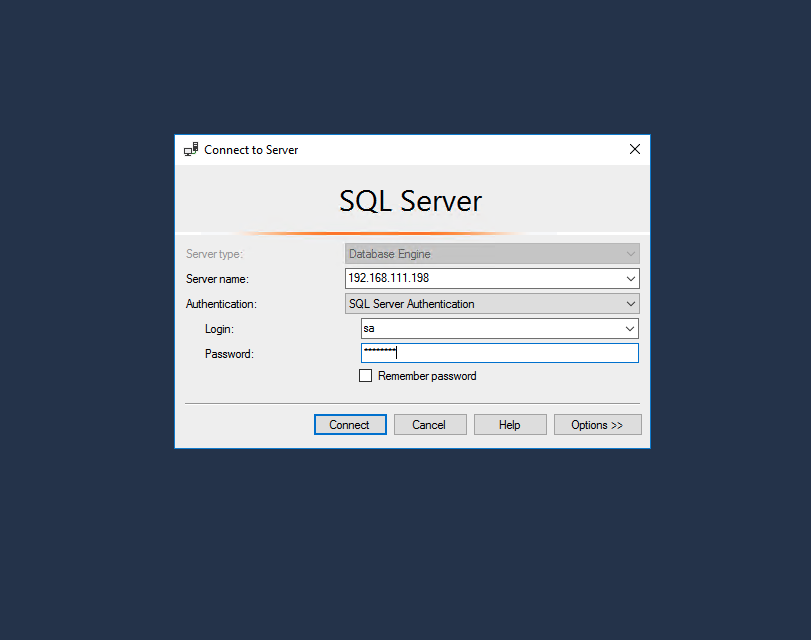
- Connect the database running on the Docker host 192.168.111.198 using SQL Server authentication
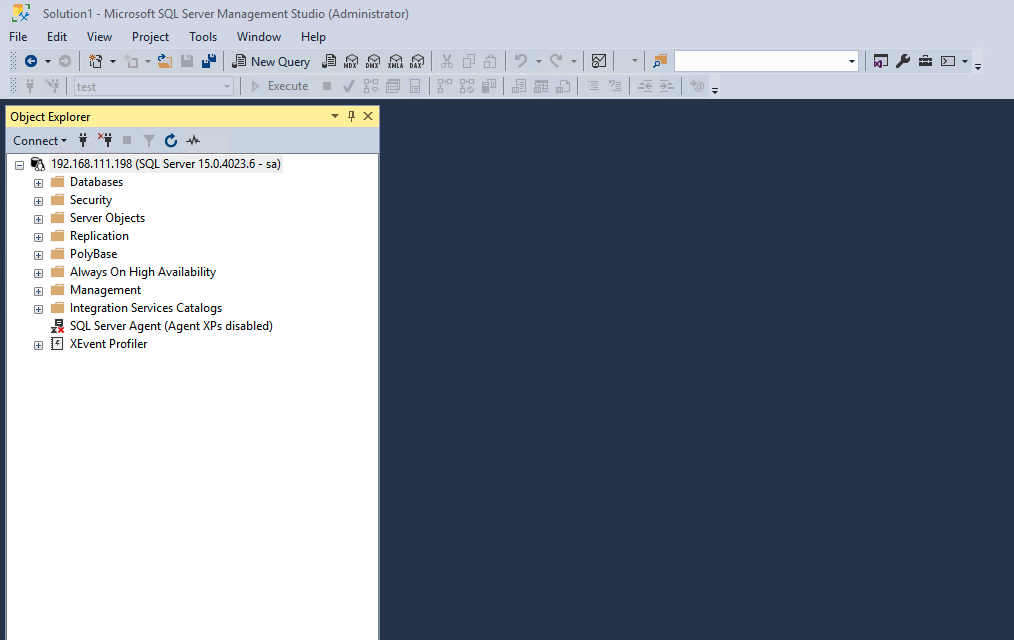
- Create a new database called sqldemo by right clicking on the 'Database tab'
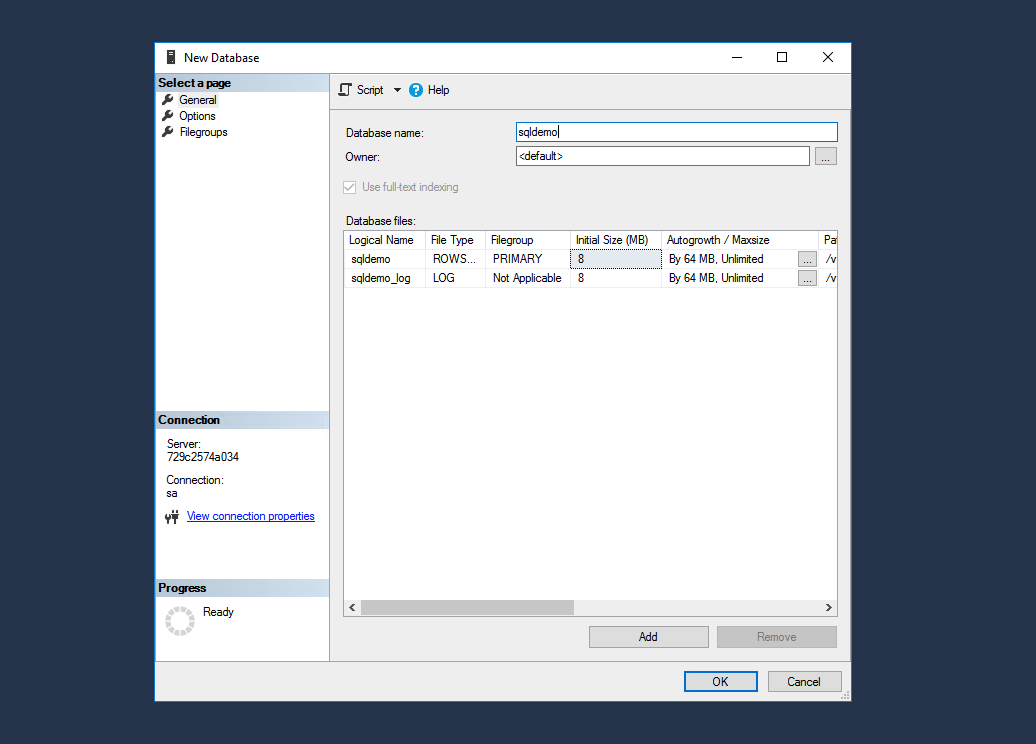
- Confirm the database has been created
- Confirm the database is running on the new docker volume ( /var/opt/mssql/data )
Create a new container
So now we really need to confirm that what you have created is really a persistent volume, and the only way to do that is to delete the container, create a new container with a different name and use the same database volume
- First lets stop the sql3 container
# docker stop sql3
sql3
- Now lets remove the container
# docker rm sql3
sql3
- Confirm the container has been deleted
docker ps
CONTAINER ID IMAGE COMMAND CREATED STATUS PORTS NAMES
- Create a new container called sql4 using the same sqldata1 volume
docker run -e "ACCEPT_EULA=Y" -e "SA_PASSWORD=P@ssw0rd" -p 1433:1433 --volume-driver pure --volume sqldata1:/var/opt/mssql --name sql4 -d mcr.microsoft.com/mssql/server:2019-CU3-ubuntu-18.04
5e8af40275b8c0602252f9643ce578764f3ab0e7fcd24088cf5db3d663b0a606
- Confirm the container has been created
docker ps
CONTAINER ID IMAGE COMMAND CREATED STATUS PORTS NAMES
5e8af40275b8 mcr.microsoft.com/mssql/server:2019-CU3-ubuntu-18.04 "/opt/mssql/bin/perm…" 9 seconds ago Up 3 seconds 0.0.0.0:1433->1433/tcp sql4
- Now lets log into the container, check the volume has been mounted and that the data is still there
[root@docker ~]# docker exec -it 5e8af40275b8 bash
df -k
Filesystem 1K-blocks Used Available Use% Mounted on
overlay 68328860 48447740 19881120 71% /
tmpfs 65536 0 65536 0% /dev
tmpfs 2922740 0 2922740 0% /sys/fs/cgroup
shm 65536 0 65536 0% /dev/shm
/dev/mapper/ol-root 68328860 48447740 19881120 71% /etc/hosts
/dev/mapper/3624a9370a21265762db64ece0005168a 19521008 176588 19344420 1% /var/opt/mssql
tmpfs 2922740 0 2922740 0% /proc/acpi
tmpfs 2922740 0 2922740 0% /proc/scsi
tmpfs 2922740 0 2922740 0% /sys/firmware
cd data
mssql@5e8af40275b8:/var/opt/mssql/data$ ls
Entropy.bin mastlog.ldf model_msdbdata.mdf model_replicatedmaster.ldf modellog.ldf msdblog.ldf sqldemo_log.ldf tempdb2.ndf tempdb4.ndf tempdb6.ndf templog.ldf
master.mdf model.mdf model_msdblog.ldf model_replicatedmaster.mdf msdbdata.mdf sqldemo.mdf tempdb.mdf tempdb3.ndf tempdb5.ndf tempdb7.ndf
mssql@5e8af40275b8:/var/opt/mssql/data$ ls -l
total 138756
-rw-r-----. 1 mssql root 256 Apr 30 01:04 Entropy.bin
-rw-r-----. 1 mssql root 4653056 Apr 30 02:14 master.mdf
-rw-r-----. 1 mssql root 2359296 Apr 30 02:14 mastlog.ldf
-rw-r-----. 1 mssql root 8388608 Apr 30 02:14 model.mdf
-rw-r-----. 1 mssql root 14090240 Apr 30 02:14 model_msdbdata.mdf
-rw-r-----. 1 mssql root 524288 Apr 30 02:14 model_msdblog.ldf
-rw-r-----. 1 mssql root 524288 Apr 30 02:14 model_replicatedmaster.ldf
-rw-r-----. 1 mssql root 4653056 Apr 30 02:14 model_replicatedmaster.mdf
-rw-r-----. 1 mssql root 8388608 Apr 30 02:14 modellog.ldf
-rw-r-----. 1 mssql root 14090240 Apr 30 02:14 msdbdata.mdf
-rw-r-----. 1 mssql root 524288 Apr 30 02:14 msdblog.ldf
-rw-r-----. 1 mssql root 8388608 Apr 30 02:14 sqldemo.mdf
-rw-r-----. 1 mssql root 8388608 Apr 30 02:14 sqldemo_log.ldf
-rw-r-----. 1 mssql root 8388608 Apr 30 02:14 tempdb.mdf
-rw-r-----. 1 mssql root 8388608 Apr 30 02:14 tempdb2.ndf
-rw-r-----. 1 mssql root 8388608 Apr 30 02:14 tempdb3.ndf
-rw-r-----. 1 mssql root 8388608 Apr 30 02:14 tempdb4.ndf
-rw-r-----. 1 mssql root 8388608 Apr 30 02:14 tempdb5.ndf
-rw-r-----. 1 mssql root 8388608 Apr 30 02:14 tempdb6.ndf
-rw-r-----. 1 mssql root 8388608 Apr 30 02:14 tempdb7.ndf
-rw-r-----. 1 mssql root 8388608 Apr 30 02:14 templog.ldf
As we can see all the data from the sql3 database is still there, including the sqldemo database. But just to confirm lets log back into SSMS and confirm we can access the database
Summary
In this blog we have seen how using the Pure Storage Docker Plugin can easily and quickly deploy Microsoft SQL Server containers using persistent storage.
Whether you decide to containerise your databases or not, containers are here to stay and the adoption is growing. Pure Storage has the solutions to help our customers integrate containers and Kubernetes with our storage portfolio using our plugins and our Pure Service Orchestrator ( PSO ).
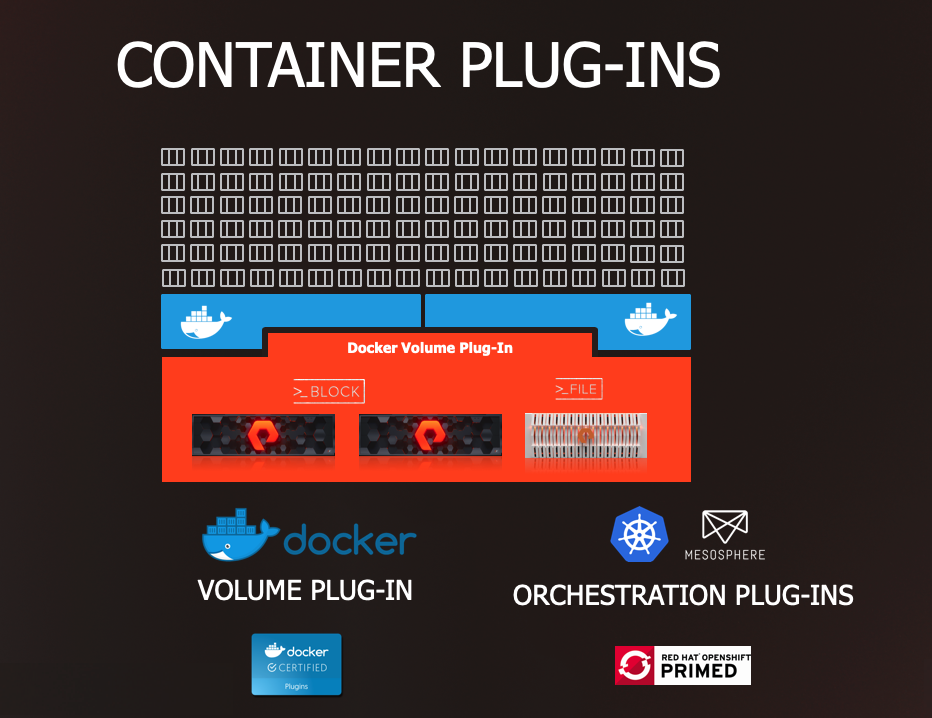




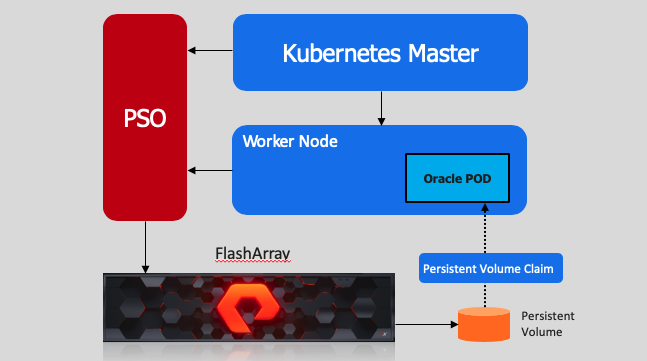
Comments